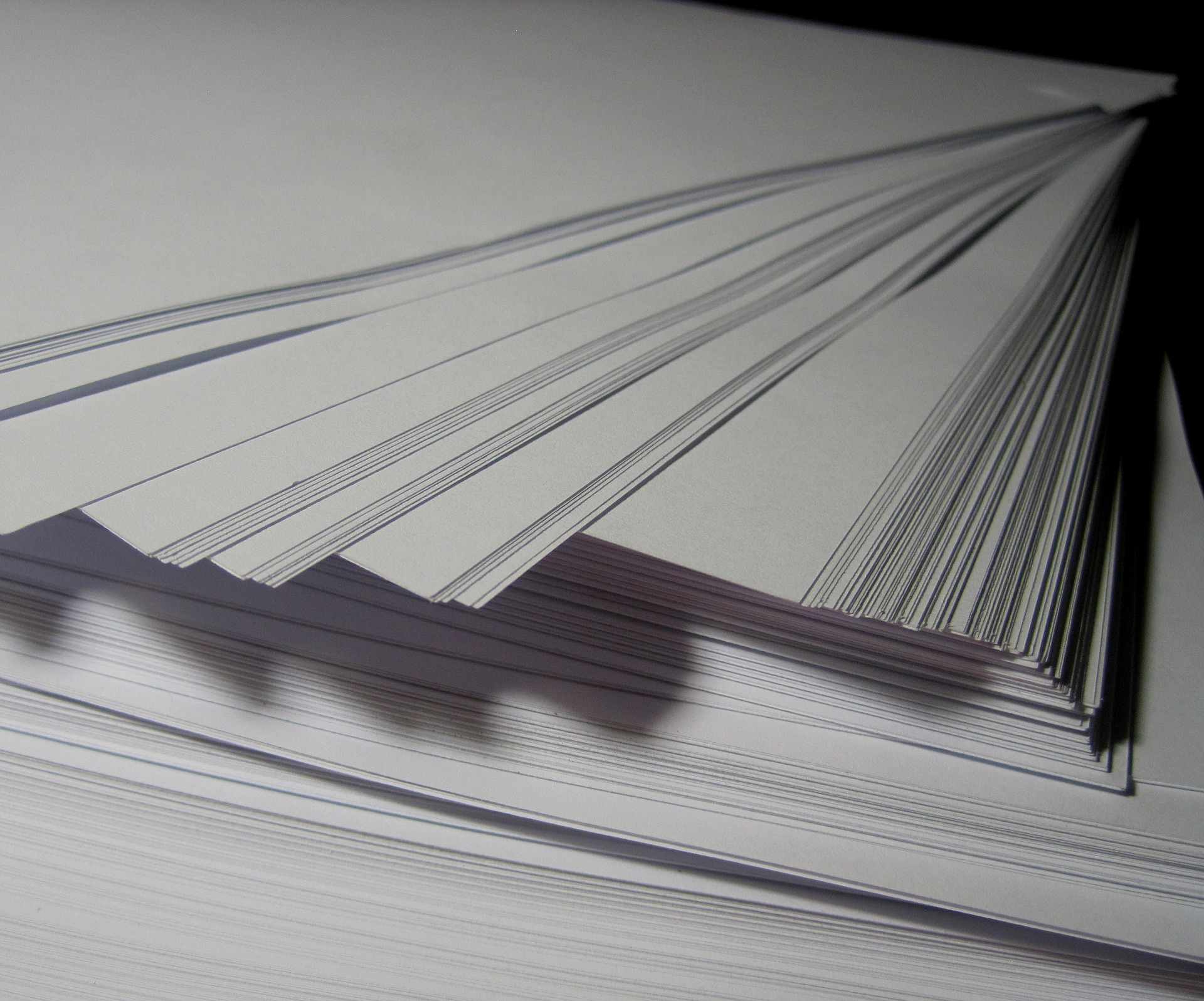Lesson 6
Solving Problems about Proportional Relationships
Let’s solve problems about proportional relationships.
Problem 1
For each situation, explain whether you think the relationship is proportional or not. Explain your reasoning.
- The weight of a stack of standard 8.5x11 copier paper vs. number of sheets of paper.
- The weight of a stack of different-sized books vs. the number of books in the stack.


Problem 2
Every package of a certain toy also includes 2 batteries.
- Are the number of toys and number of batteries in a proportional relationship? If so, what are the two constants of proportionality? If not, explain your reasoning.
- Use \(t\) for the number of toys and \(b\) for the number of batteries to write two equations relating the two variables.
\(b = \)
\(t = \)
Problem 3
Lin and her brother were born on the same date in different years. Lin was 5 years old when her brother was 2.
- Find their ages in different years by filling in the table.
Lin's age Her brother's age 5 2 6 15 25 - Is there a proportional relationship between Lin’s age and her brother’s age? Explain your reasoning.
Problem 4
A student argues that \(y=\frac{x}{9}\) does not represent a proportional relationship between \(x\) and \(y\) because we need to multiply one variable by the same constant to get the other one and not divide it by a constant. Do you agree or disagree with this student?
Problem 5
In one version of a trail mix, there are 3 cups of peanuts mixed with 2 cups of raisins. In another version of trail mix, there are 4.5 cups of peanuts mixed with 3 cups of raisins. Are the ratios equivalent for the two mixes? Explain your reasoning.